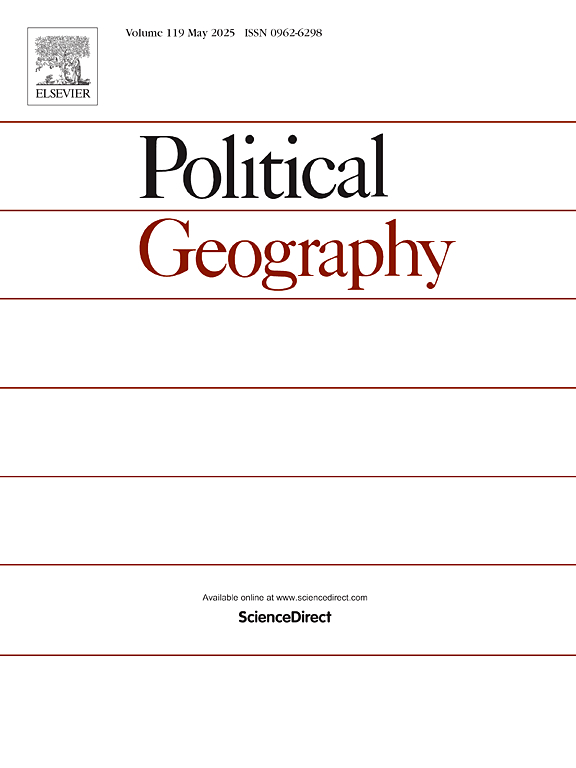Petr Vašát. 2025. „Tipping point urbanism: A study of the painting and fading of the macromural La Mariposa in governing self-built settlements in Bogotá“. Political Geography. 120: 103337. Available from: https://authors.elsevier.com/sd/article/S0962-6298(25)00069-1
Macropaintings have gained popularity as a tool employed by urban authorities and artists to uplift marginalized communities in cities across the Global South through the painting of their physical environments. However, despite the significant visibility of these paintings and their potential impacts on cities, there is limited knowledge regarding the conditions of their creation as well as the circumstances of their “fading.” Drawing on fieldwork conducted in Bogotá, Colombia, I analyze how urban authorities, artists, and the community, in conjunction with ecological and environmental aspects, distinctly contributed to the emergence and eventual fading of the macromural La Mariposa. I reveal how the mountain ecology of La Mariposa significantly influenced policy and politics through its articulation in particular relational conceptions of the territory mobilized by different actors in the project. This ecology became an actor in governance, not as a site of response to an event or a potential event but as an ontologically formed entity co-creating policy through its various conceptions and registers. I contend that macromurals are the product of tipping point urbanism, a hopeful approach to governing self-built settlements in which the intended transformation lies not in the macromural itself but in the process of its implementation. I further claim that the category “fading,” with its physical and symbolic dimensions, represents a fundamental heuristic to comprehend the outcomes of macromurals and other social interventions.
Authors
Department
Topics
Globalization, City and Village, Social Inequalities, Sociological Theory, Transformation, Public Policy
